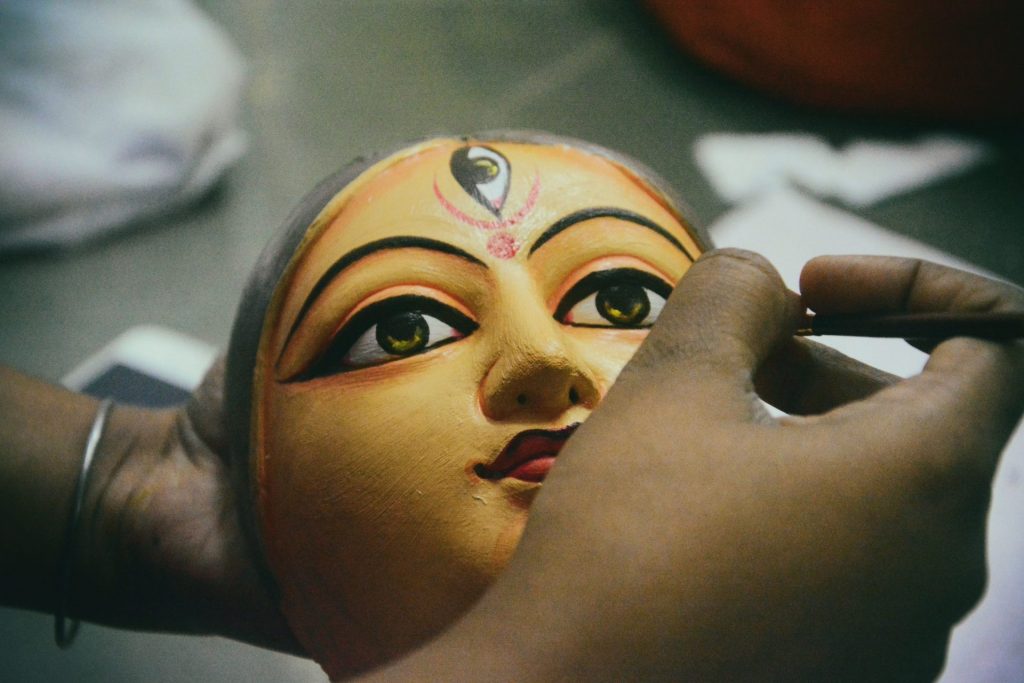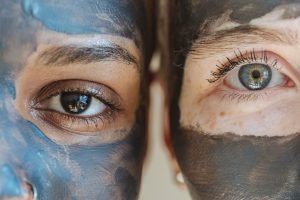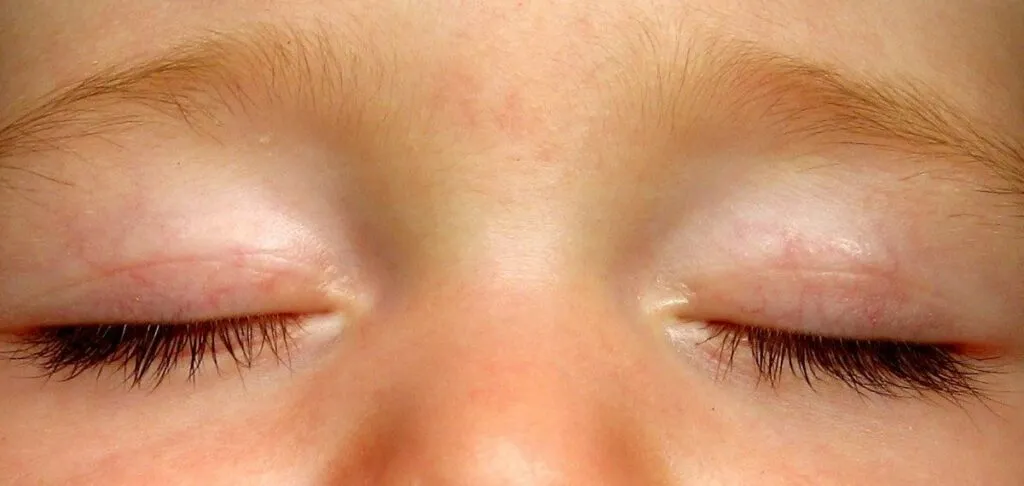
How clay is useful
Since ancient times, clay has been successfully used as a medicine by many peoples. The famous scientist and physician of the East, Avicenna, described the ways of treatment with clay for various diseases. German priest and physician Sebastian Kneip noted: “A whole series of injuries and disorders are not cured so quickly as by the use of clay…”. Nowadays, at the Swiss resort in Davos, clay is used to treat severe lung diseases. In the Irpen Military Hospital near Kiev, clay therapy is combined with starvation, leeches and bee products, controlling the results with modern diagnostic methods.
Many diseases can be treated with clay: sciatica, rheumatism, gout, arthritis, varicose veins, prostatitis, fractures, skin diseases (acne, eczema, psoriasis, burns) etc. Clay has a beneficial effect on the gastrointestinal tract, soothes pain of various origins: headache, in the ears, eyes, joints, spine. Good clay as a cosmetic agent. What is the reason for its therapeutic effect?
Both external and internal use of clay is based on its antibacterial properties, its ability to absorb toxins and give back minerals. In the antibacterial effect is easy to make sure if you put a spoonful of clay in a liter of milk – even in the heat it will not sour for several days. As an adsorbent, clay is widely used in poisoning – half a spoonful of clay diluted in water can remove a large number of toxins and pathogenic microbes from the body. Throughout evolution, these properties helped not only humans to survive, but also animals, including Ara parrots, which eat poisonous berries and do not die thanks to clay neutralizing poisons.
Types of clay
Clay can be white (kaolin), gray, green, blue, yellow, red, pink, brown, etc. Its color depends on its composition. For example, white has a lot of aluminum, yellow – sodium, brown – iron, red is rich in copper and iron oxide, green half consists of silicon. All this is taken into account when prescribing clay therapy. In acute conditions, red clay is recommended, and in chronic conditions – blue clay. If there is no clay of the desired color, you can use any clay – the main thing is that it should be ecologically clean.
The composition of clay depends on its place of origin. The famous deposit of blue clay is located in Bulgaria in the Rhodope Mountains. The so-called Glukhovets kaolin and Pulkovo clay are mined in Northwest Russia. Moroccan clay is found in the mountains adjacent to the Sahara. It is red-brown in color, famous for its healing properties and effective for burns.

Clay recipes
The great advantage of clay is that it can be used at home. Externally, clay is often used in the form of applications. Clay powder is diluted to the consistency of mastic or elastic dough, form a cake 1-1.5 cm thick, put on a damp cotton cloth, top insulated (eg, warm woolen scarf). Keep the application for about 2 hours, then the sore is washed with warm water. The number of applications depends on the patient’s condition – usually 2-3 per day. After full recovery, treatment can be continued for some time to strengthen the diseased organ.
For internal use it is necessary to dissolve clay powder in a small amount of cold water. The dose depends on the specific disease. Like any sorbent, if improperly treated, clay can remove vitamins and other useful substances. Therefore, it is important not to exceed the recommended dosage.
In sore throat it is necessary to dissolve 1 tsp. of clay powder in a glass of water and periodically gargle the solution of the throat. You can drink clay water prepared in this way a few sips every hour. It is also useful to suck a piece of clay during the day.
Bronchitis is treated with a 3-week course of clay therapy. In the first two weeks, clay applications slightly larger than the palm of your hand are applied daily to the area below the shoulder blades once a day for 2-2.5 hours. And in the third week clay lotions put on the chest under the collarbones.
In case of maxillary sinuses put clay applications 1 cm thick daily and keep for 2 hours. The course of treatment is 3 weeks. These treatments often avoid surgery, where the pus is removed through a puncture.
Clay wraps are useful in case of brokenness in the whole body. The patient is wrapped in a sheet soaked in clay solution (3-4 tablespoons of clay powder to 1 liter of warm water), then for 1.5-2 hours wrapped in polyethylene and wrapped in a warm blanket.
In arthritis recommended rubbing with clay water: soak a solution of clay large cotton swab and rub it on the sore spot. To strengthen the effect of rubbing, 2-3 slices of crushed garlic should be added to the clay water.
To strengthen teeth, gums and improve digestion will help with this recipe: from time to time you should put a small piece of clay in your mouth, let it melt, and then swallow, drinking a small amount of water.
In gastrointestinal diseases (colitis, enteritis, etc.) it is better to use white clay. Start with small doses: 0.5 tsp. of clay per glass of water, gradually increasing the dose to two teaspoons per day. Drink small sips before meals and before bedtime. Treatment can continue for several months with breaks – after three weeks for one week.
When insomnia is recommended to put on the forehead area cold compress of clay, thoroughly mixed in plain sour cream. At the same time on the legs you need to make a compress of vinegar diluted with warm water.
With black dots on the face 2-3 spoons of pharmacy white clay should be diluted in a quarter cup of 40-% alcohol (or vodka) and add the juice of half a lemon. Apply for 10 -12 minutes on the problem areas, then rinse with warm water.
Clay baths are useful for general recovery of the body. 5-6 tbsp. spoons of clay powder mixed with 1 liter of warm water. The mixture is diluted in a bath half-filled with hot water (water temperature 40-45 ° C). Regular clay baths strengthen the body, protect against infections, promote rejuvenation.
Never reapply used clay



